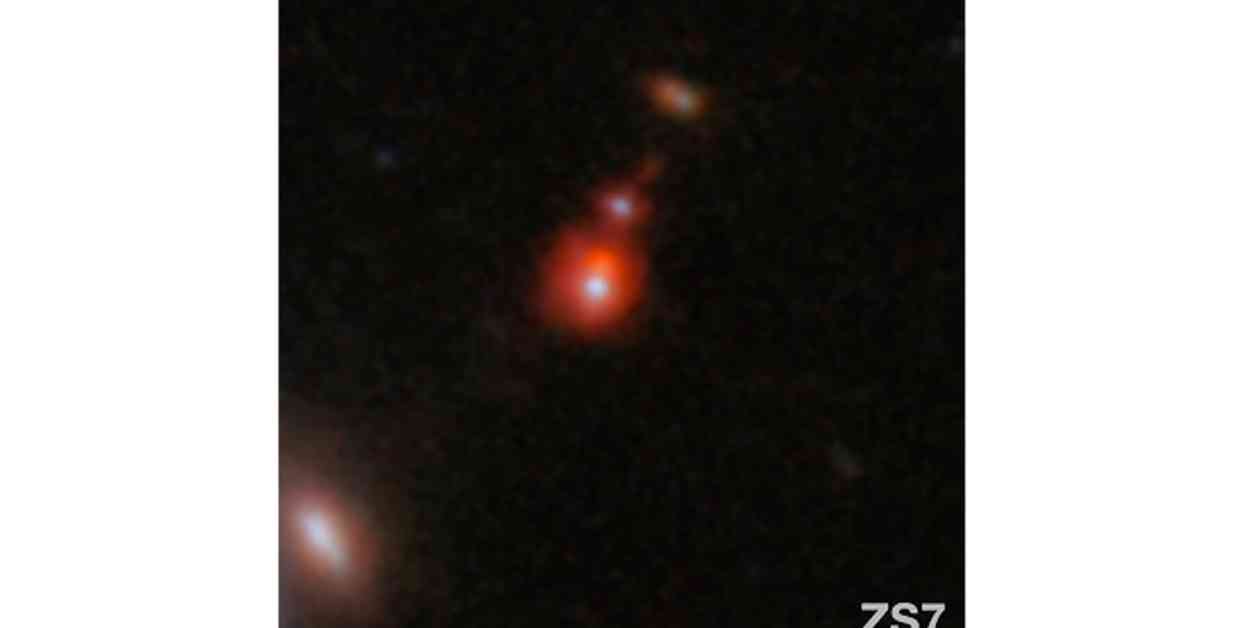Astrophysicists at Northwestern University recently conducted a simulation that showcased black holes in action. In this mesmerizing 3D computer simulation, black holes were observed “taking bites” out of stars and then expelling the remnants, likened to messy toddlers. The simulation provides a fascinating visual representation of the behavior of black holes.
The Webb Space Telescope, known for its groundbreaking discoveries, has unveiled the earliest documented merger of black holes. This significant finding sheds light on the growth of black holes in the early universe. The merger involves two massive black holes, with one being 50 million times more massive than the sun. The other black hole, although similar in size, is hidden by dense gas, making it challenging to measure accurately.
The discovery of this black hole merger just 740 million years after the Big Bang marks the most distant detection of merging black holes to date. This finding has sparked new insights into the rapid growth of supermassive black holes and their role in shaping the evolution of galaxies.
Astronomers have long been puzzled by the rapid growth of supermassive black holes, and the recent findings suggest that mergers may be a key factor in this process. Lead author Hannah Ubler from the University of Cambridge emphasized the significance of mergers in the growth of black holes, even at the dawn of the universe.
The Webb Space Telescope, launched in 2021, has proven to be a game-changer in astronomical research. As the successor to the Hubble Space Telescope, Webb is equipped with advanced technology that allows it to observe the universe in unprecedented detail. Positioned 1 million miles from Earth, this infrared observatory provides valuable insights into cosmic phenomena.
The latest findings published in the Monthly Notices of the Royal Astronomical Society highlight the crucial role of black hole mergers in the evolution of galaxies. The discovery of the earliest known black hole merger opens up new possibilities for understanding the mysteries of the universe and the forces that shape it. With each new revelation, scientists come closer to unraveling the secrets of the cosmos and the phenomena that govern its existence.




